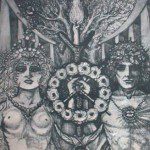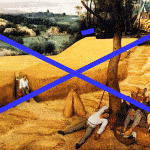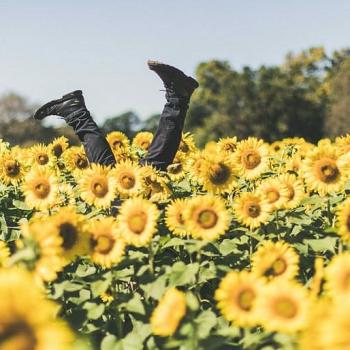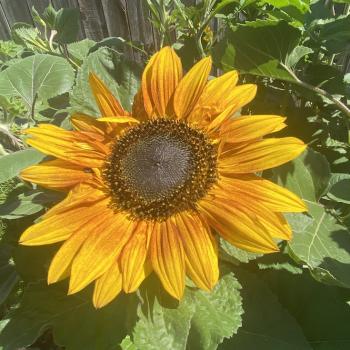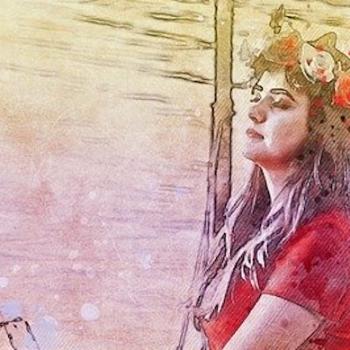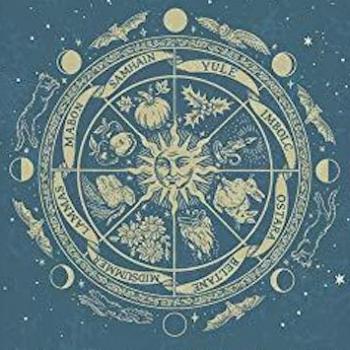One of these sabbats is not like the other ones, one of these sabbats just isn’t the same-Traditional Children’s Folk Song
Oh great, it’s Lughnassa this weekend! Did I fake enough enthusiasm there? I try so hard every year to get excited about early August/late July and I tend to fail. It’s cool to see pumpkins growing in my backyard and tonight I’m going to go harvest some corn, but I have trouble getting excited about it all. Usually I just want August to be over with so I can get to fall and football and sabbats I actually love like Samhain, Yule, and even Mabon Halig (I’m trying to make that a thing).
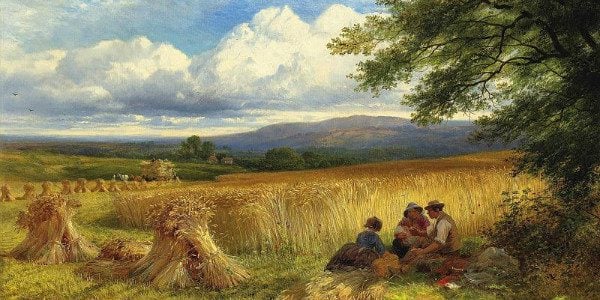
Lammas is sort of the ugly-duckling of sabbats. Out of the Big Four (Samhain, Imbolc, and Beltane being the other three) it sits alone without a major Christian or cultural holiday beside it. For some that’s a reason to rejoice, but in some ways it makes the holiday seem a bit smaller. It’s easy to get revved up for something when everyone else around you (often regardless of religious tradition) is doing the same. It’s certainly possible to link county fairs with the original purpose of Lammas, but those can occur nearly anytime in late Summer/early Fall. They also just don’t feel like a holiday in the way that Christmas or Halloween do.
It’s also the only cross-quarter sabbat regularly called by two different names and spelled about eight different ways. Maybe that’s a small thing to some, but it’s a big thing to me. (Will people be offended if I use Lammas in this ritual invitation?) There’s even some disagreement on the holiday’s date, making it all the more different.
I know for some of you that it’s your absolute favorite sabbat, and I think that’s grand. But every year when I survey the Pagan landscape it tends to be Lughnasadh that falls through the cracks.
What’s In a Name?
Lammas? Lughnassa? Lughnasadh? First Fruits? What do you call this time of year? The four greater sabbats all have rather agreed upon names with this one exception. It’s true that many early Witches preferred the Christian names for some of those holidays, but that seems to be rare these days. Samhain is Samhain not All Hallow’s and while some people might spell Imbolc with a “g” (Imbolg) or Beltane as Bealtaine it’s pretty obvious that we are all talking about the same holiday. Lammas is strange because it has two very different sounding names, and a third one that just never quite caught on.*
Lughnassa and its variants (Lugnasa, Lughnasa, and Lughnasadh, with the latter often pronounced differently too) is obviously connected to the god Lugh, but may also be connected to a word. Over the last 100 years various words have been proposed as being connected to Lugh, the problem being that many of them have differing definitions. In the 19th Century it was common to link Lugh with the word luk which means “bright” or “shining,” a linkage that often resulted in Lugh being worshipped as a sun god. Lugh has also been connected to the words lug (raven), leu (dark place), and lou (an oath or vow), notice how those are all very different things. (1) If Lughnassa is named after Lugh it’s the only sabbat with a specific deity in its name (there is a god named Bel, but that’s most likely not related to Beltane). Lughnassa was a real enough holiday in Celtic-Ireland and most likely related to the harvest, but it’s hard to say with any absolute certainty.
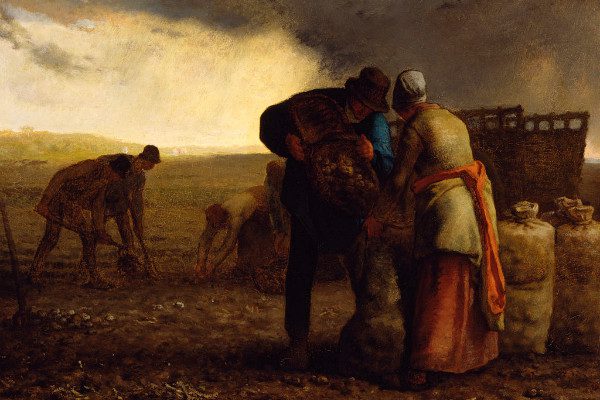
For years I’ve always assumed that Lammas (“loaf mass”) was a Christianized version of Lughnassa, today I’m not so sure. Lammas might be Anglo-Saxon in origin, or perhaps it’s an Anglo-Saxon appropriation of Lughnassa. In medieval times Lammas was sometimes called the Gule of August, which might mean the “Yule of August.” A more logical explanation is that gule is an Anglicized version of the Welsh word gwyl, which translates as feast. (2) The Welsh did celebrate their own Gwyl Aust at the start of August, so that would make sense. I think it’s probable that all three holidays are in some way related. If your neighbors were all having a big party wouldn’t you want to play along?
So which one’s right? Probably depends on how close you feel to the Celts of Ireland. I’ve always been a fan of Lammas, but that might be just because it’s easier to spell. Either one seems better to me than Bron Trogain which is yet another name for the holiday (appearing in the Tochmarc Emire or “The Wooing of Emer”). Bron translates as wrath, I don’t know what Trogain means, and I’m not sure I want to. I prefer to leave wrath out of my sabbats.
What’s In a Date?
I’ve always celebrated Lammas on August 2, but I’ve seen other dates for the sabbat over the years. In Janet and Stewart Farrar’s A Witches’ Bible Lughnasadh is celebrated on July 31. In the book Essential Wicca August 1 is given as the date, and that’s the same as in Scott Cunningham’s Wicca: A Guide For the Solitary Practitioner. Both of my Witch calendars (The GBG Year & A Day and Llewellyn’s Witches’ Calendar) list August 1 too. The strangest date I’ve found yet is in Silver Ravenwolf’s To Ride a Silver Broomstick:
“Lammas is celebrated on August 2nd, where Lughnassadh, a Celtic festival in honor of the Sun God, is held on the 7th.” –Broomstick page 36.
Does it matter what day one celebrates a sabbat? Not in the slightest. One days is as good as any other as long as it means something to those doing the celebrating. But why so many different dates?
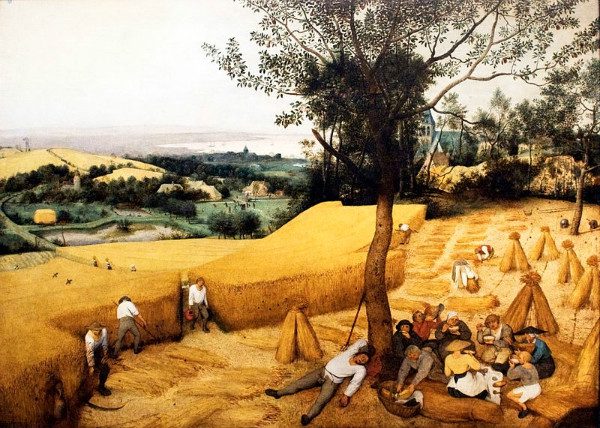
A lot of it has to do with the confusion that occurs when a culture begins their new day at sunset. That becomes near impossible to translate correctly when your own day begins at midnight. So the Lughnassa of old began on the evening of July 31 and then ended at sunset on August 1.
The popularity of the August 2 in some Pagan circles is probably due to the influence of Robert Graves and his book The White Goddess. Graves gives Lammas an August 2 date, and while many Pagans have not read The White Goddess, it’s influence on Pagandom as a whole has been ongoing for over almost 70 years now. (I was pretty sure it wasn’t all because of Silver Ravenwolf.)
So Lammas/Lughnassa is kind of different, but when you stop to think about it, all the sabbats are different in their own way. And that’s what makes them such important markers on the Wheel of the Year. Have a blessed sabbat, no matter what you call it or what day you celebrate.
1. Pagan Britain by Ronald Hutton Yale University Press, page 365.
2. See Ronald Hutton’s Stations of the Sun, Oxford University Press, 1996. page 330. What he has to say about Lammas/Lughnassa only takes up about four pages because there’s just not very much there.
*An earlier version of this article translated Lugh as “bright or shining,” adjustments have been made.


